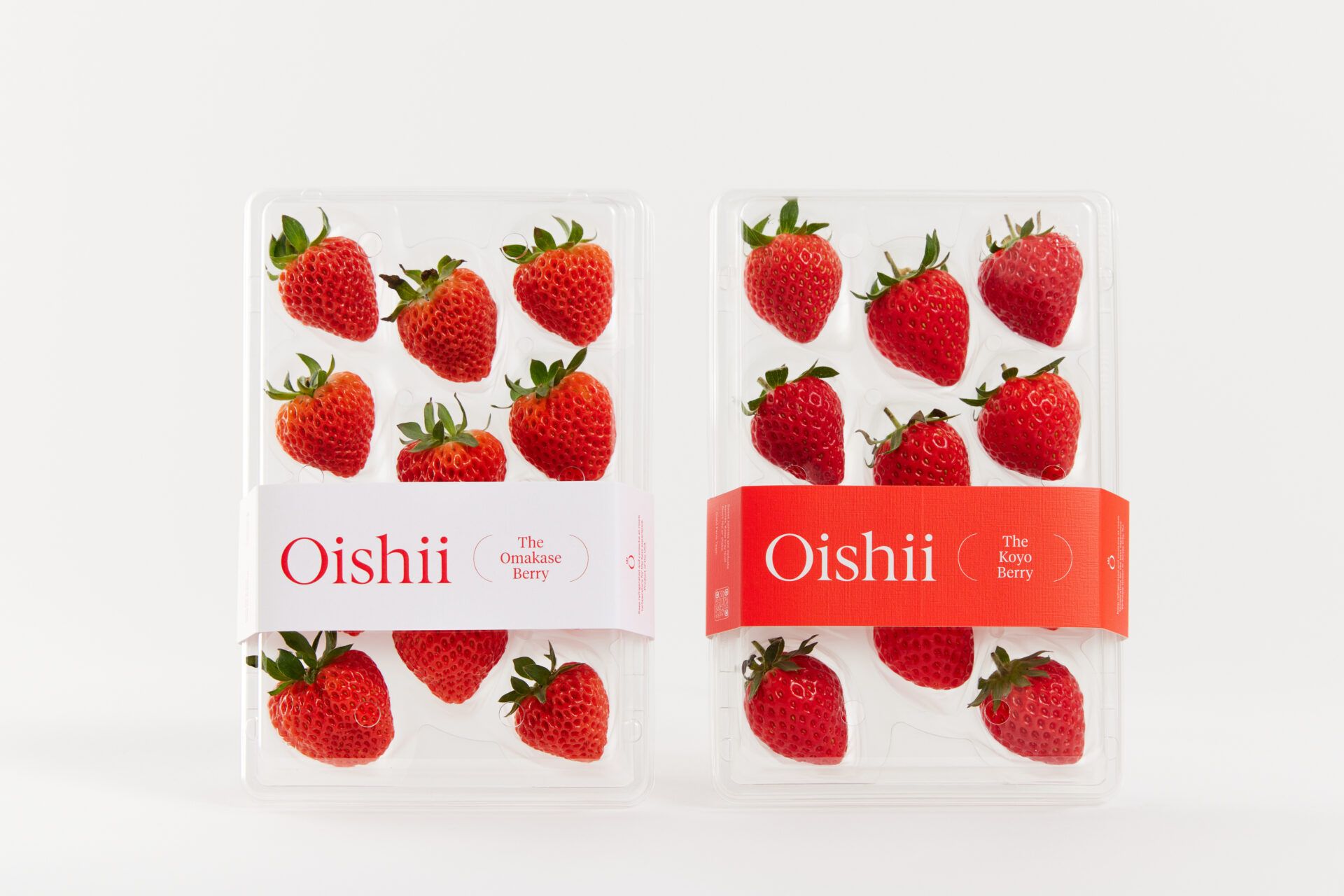- Vertical farming company Oishii has appointed CPG veteran Rita Hudetz to its executive team as chief commercial officer.
- Hudetz will lead Oishii’s strategies around scaling and expanding the company’s retail footprint and driving new product launches.
- Her career includes leadership roles at Hu, PepsiCo and, most recently, general manager of Milk Bar‘s grocery division.

Aiming for ‘household name’ status
Oishii introduced its Omakase berry in 2018 and launched a second variety, the Koyo berry, earlier this year. Both are grown in Oishii’s own vertical farming environments that mimic the growing conditions in Japan, where the berry varieties come from. The berries are non-GMO and grown without pesticides, according to Oishii.
As a premium product, they’re only available right now via Whole Foods and Fresh Direct in New York City and a few other parts of the state as well as Washington, D.C. Hudetz says Oishii plans to capitalize on its “passionate” customer base to bring its premium berries to new markets.
“I was interested in vertical ag, but it was the product that pulled me in and got me excited and passionate about environmental health and clean foods,” she tells AgFunderNews. “I really felt [Oishii] was fulfilling a consumer need, which to me is the number one thing you’re solving for as you’re trying to build build a brand.
She says one of her goals as CCO is to make Oishii a household name.
Central to this strategy is maintaining and promoting the quality of Oishii’s berries.
“I came out of PepsiCo and did a lot of international work with them, and really learned that consumer food culture is just so important to understanding how to win with a product,” she explains.
“What we’re seeing in the produce space increasingly is an intense desire for greater-quality taste differentiation and a more enjoyable experience with the produce that people are buying.”
Migrating to mass premium
The Omakase berry originally launched in retail at $5 per berry; the variety now sells for $2.50 each. The Koyo berry is selling for $15 for a tray of six berries currently.
When he spoke to AgFunderNews earlier this year, Oishii CEO Hiroko Koga agreed the price point was high but also said his company’s goal is “to make this more affordable and more widely available so that you can find our berries at almost any supermarket at a much more affordable price.”
Hudetz notes that the company is working on technology “to make the berries more accessible.” That said, Oishii’s berries will “always be in a premium price tier.”
“Our goal is to migrate to more of that mass premium price tier and offer benefits that consumers feel like are worth trading up for.”
‘Culturally iconic products’
For vertical farming, the days of sky-high valuations and cheap money are gone, and the entire industry is currently in the midst of a major correction period punctuated by layoffs, closures and bankruptcies.
Hudetz recognizes the challenges of the day but at the same time says she’s “never been more confident about the future of vertical farming. Coming in as a product person, I really saw that part of the challenge is that product fit — what we’re bringing to the table that’s really super valuable to consumers.”
Today, she notes, we see the impacts of companies scaling too quickly without differentiated products (aka leafy greens) that don’t answer customers’ specific needs.
It’s a scenario Hiroko witnessed a decade ago in Japan, when the country was in the midst of its own vertical farming boom that eventually burst. Because of this, he and the Oishii team have taken a different approach in starting with strawberries and focusing on quality over quantity.
“The question I asked myself every day as a consumer person is, how does our product solve problems that maybe other other competitors are not solving?” says Hudetz. “I think we do have something that can offer that superior experience in a way that will really allow us to win.”



